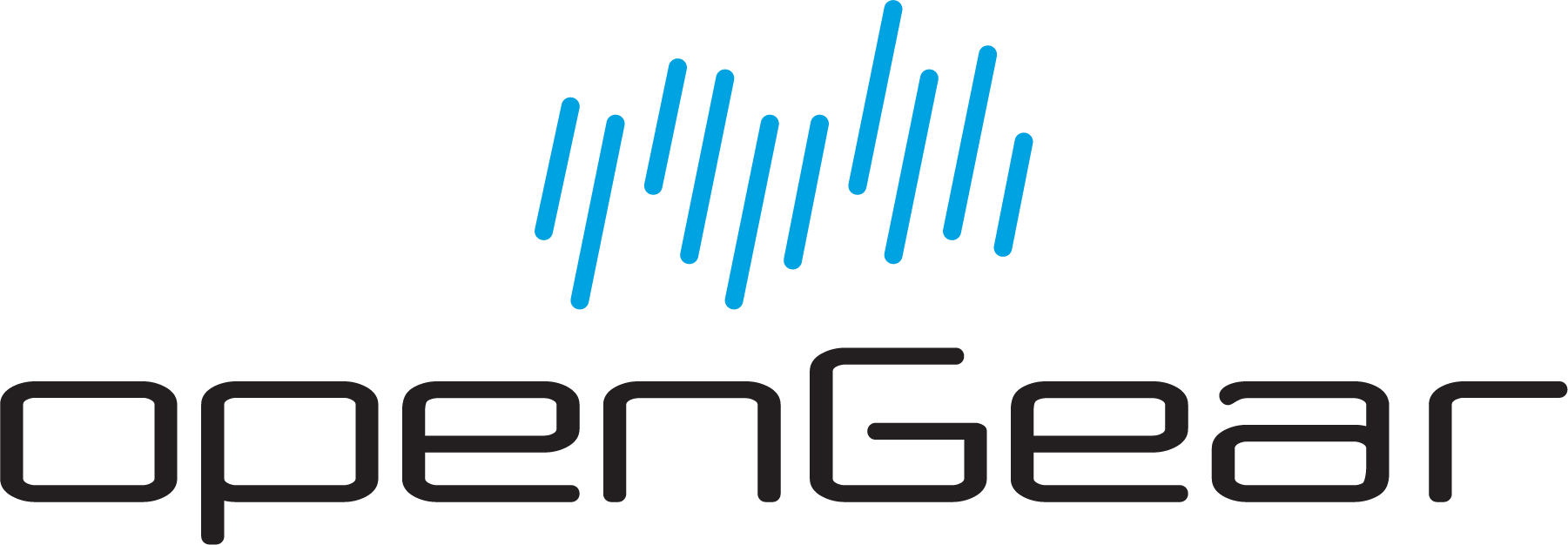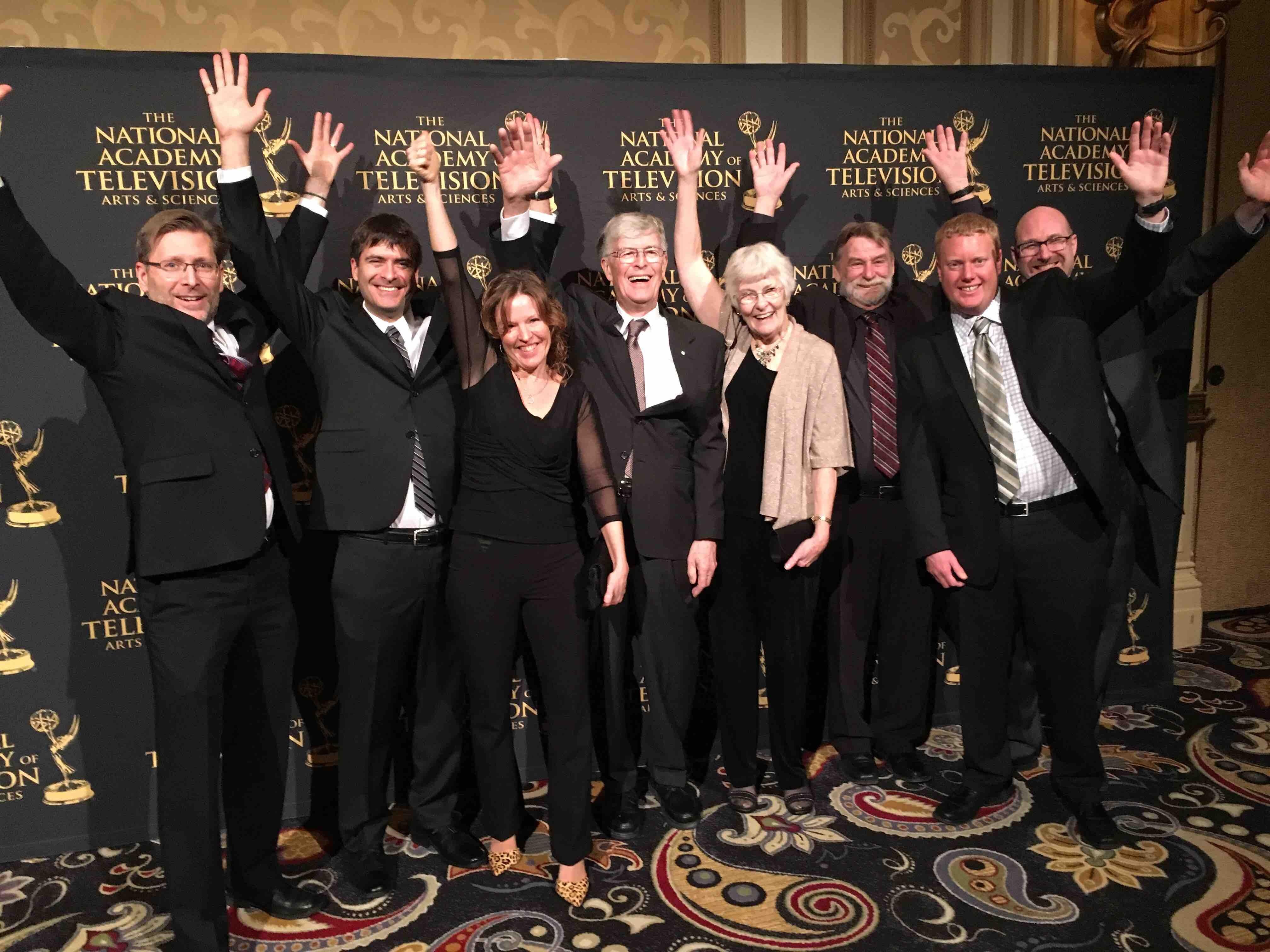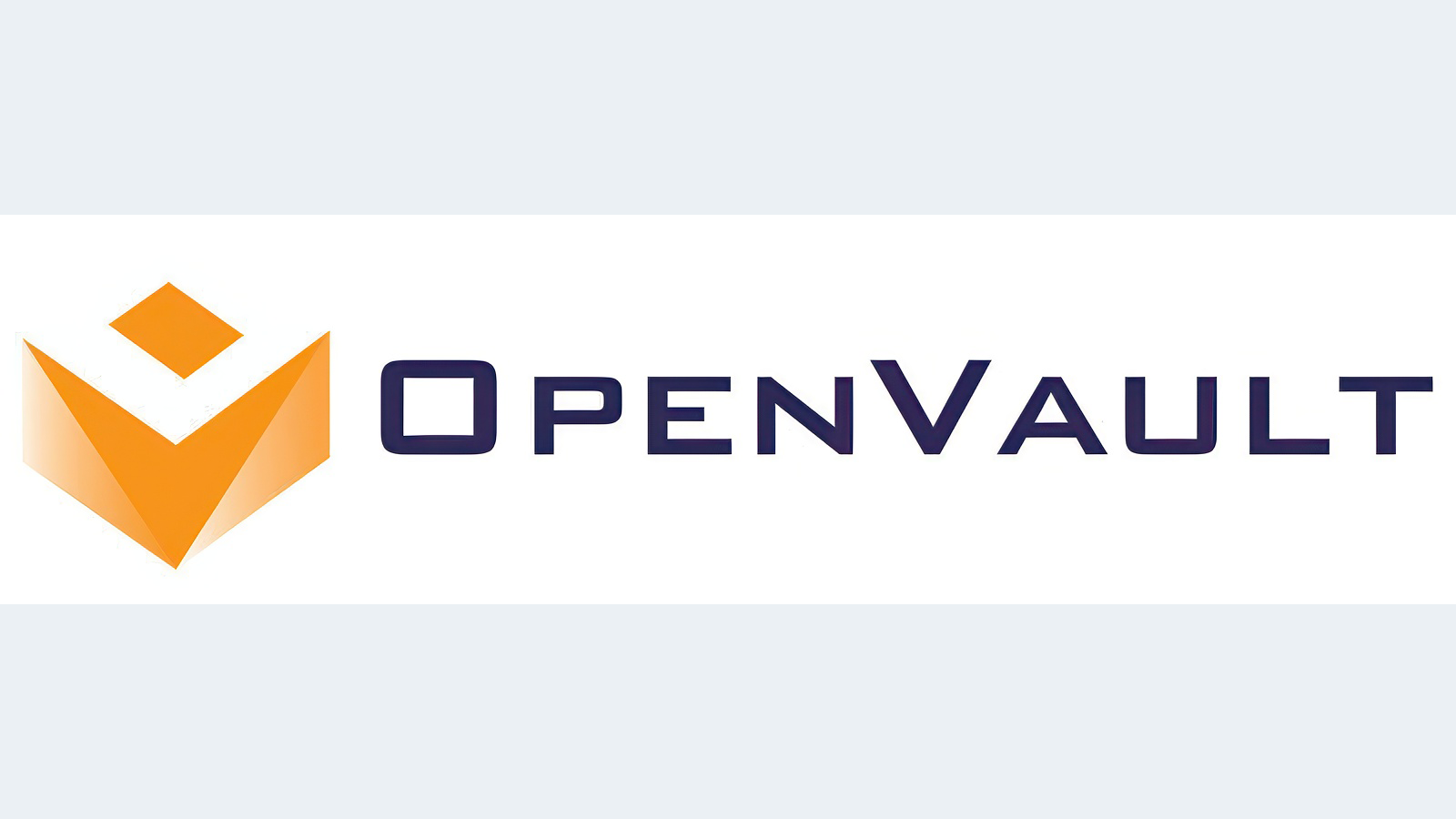openGear Celebrates 15 Years of Success
Ross’ platform proves value of open standards in signal processing

OTTAWA—In 2006, Ross Video did something that was extremely rare within the highly competitive TV equipment industry. With the support of Cobalt Digital and Ward-Beck Systems, Ross Video created “openGear,” an open-architecture modular frame system whose specifications were made freely available to other signal processing card manufacturers.
Ross Video’s decision was a major boon to TV producers, broadcasters, and distributors. Thanks to openGear frames, they could now buy signal processing cards from a wide range of manufacturers without having to worry about interoperability—and manage all of them using “DashBoard,” the free touchscreen-enabled control platform from Ross. control system.
Meanwhile, manufacturers could now focus on building specific signal processing cards based on their own expertise, rather than trying to be “jacks of all trades” by building frames and full suites of cards.

Fifteen years later, “our vision of an open standard frame has been fully vindicated,” said Bill Rounopoulos, Ross Video’s business development manager for OEM & Partnerships. “We have now over 40,000 frames shipped—which is just incredible—130-plus partners, and four industry awards, including a 2017 Emmy.”
Why They Did It
Ross Video didn’t embark on its openGear adventure with the intention of launching an open standard frame. Instead, the company was looking to advance into HD card production directly after the success of its 8000 series SD frame.
“Rather than reinvent the wheel and design a new Ross frame, we thought that it would be best for us and our customers to find another company in the industry that was willing to let us develop cards that would be compatible with their existing frames,” the company said on opengear.tv. “Surprisingly, we were told by company after company that we could not make cards that were compatible with their frames. These companies made no bones about their business model, which was designed around getting a couple of their frames into a customer and then lock them in to their solution.”
Frustrated by this attitude, Ross Video founder John Ross opted to create the openGear frame and control system as an industry standard that everyone could use. This decision was in line with the company’s Code of Ethics: “#1: We will always act in our customer’s best interest.”
The professional video industry's #1 source for news, trends and product and tech information. Sign up below.
“As a platform, openGear was created with that thought top of mind,” said Eric Goodmurphy, head of Ross Video’s Infrastructure team for many years. “It just made sense—why have all these different card and chassis formats when it could be standardized and help make all our lives easier?”
“We saw that there was a need for a format where multiple partners could be enabled to develop and manufacture cards,” said Chris Shaw, chief operating officer for Cobalt Digital, one of the founding developers of openGear. “By enabling them, we could propagate these cards across many, many different facilities.”
openGear's Impact
Since its launch in 2006, the openGear platform has undergone three upgrades to keep it in tune with the TV industry’s move to 4K and other bandwidth-intensive signal applications.
During that time, openGear equipment has become a mainstay of TV production, broadcasting and distribution. The fact that 40,000-plus frames have been shipped to date speaks to the popularity of open standards in the TV industry.
“Those [manufacturers] who have decided to implement the platform find a great deal of acceptance among those who buy those particular products,” said Karl Paulsen, CTO for systems integrator Diversified and TV Tech columnist. “The industry has sort of used the openGear platform much like Evertz customers have used their VistaLINK(Pro) solutions for similar functions or Miranda iControl [in its day].”
Ross Video has pushed the open standards envelope in the TV equipment industry further than most. “To my knowledge, neither Evertz nor Miranda took the position of opening up their implementation to others [like the openGear.tv groups have],” Paulsen noted. “You will also see that the ‘big players’ [i.e. Sony, Evertz, Grass Valley] have not joined the openGear bandwagon.”

In fact, it is focused firms such as MultiDyne—another Emmy-Award winner—that have benefited from the openGear standard, as have their customers. “A company like ours is very specialized,” said MultiDyne CEO Frank Jachetta. “So it would be a challenge for us to place our own proprietary frame and control system, when a client may need only a few cards from us. Being able to design our cards for openGear and DashBoard has been a real selling point, whether it’s just a few circuits, or multiple frames filled with our cards.”
Looking Ahead
Since its launch, Ross Video’s openGear has become a defacto industry standard. Given the fact that the openGear frame and control system keeps being updated, it is likely to retain this role for the foreseeable future.

“openGear really has been a resounding success and it continues to evolve,” said Rounopoulos. “The fourth-generation ver sion of the openGear frame supports today’s most demanding UHD and IP productions while still being backward compatible. It continues to offer users the freedom to choose the very best products and technology from a wide set of partners, all managed by the free and easy-to-use dashboard control system.”
“In terms of openGear’s future? We’ll just keep building on this success,” he concluded. “It’s going to be a case of more frames, more partners signing on, and more people downloading and using DashBoard every year.” l
James Careless is an award-winning journalist who has written for TV Technology since the 1990s. He has covered HDTV from the days of the six competing HDTV formats that led to the 1993 Grand Alliance, and onwards through ATSC 3.0 and OTT. He also writes for Radio World, along with other publications in aerospace, defense, public safety, streaming media, plus the amusement park industry for something different.

